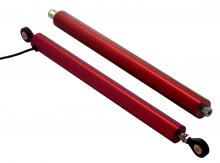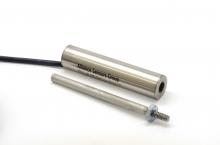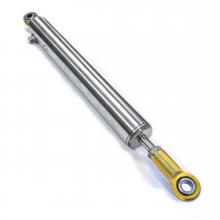Blog
Our Linear Position Sensors (LVITs) are designed to survive in tough applications. But they still are vulnerable.
When it comes to destroying linear position sensors we have seen and heard a lot over the years. Here is some practical advice based upon tales from the field.
MECHANICAL
- Consider the maximum measuring range for your application. Not just the measuring range during normal operation. What's the worst case scenario? Choose a sensor that meets worst case. The front bearing of the linear position sensor is not going to stop the hydraulic cylinder that just extended 2 extra inches beyond "normal operation".
- It takes a lot of force to pull the cable out of the sensor by the roots. But an excessive pull or yank may cause an intermittent connection. Avoid carrying the sensor by the cable. Also, when installing, be sure to leave a service loop and follow proper cable tie down procedures.
- If the sensor is mounted on a machine in a tempting spot to use as a foothold during service, probably best to install a cover to protect the sensor. linear position sensors are expensive steps.
- Consider the operating environment. Choose a linear position sensor with the proper IP rating if application is outdoors or in a wash down area. Areas with misting oils, high humidity, and steam should all be considered a liquid environment.
ELECTRICAL
- Before applying power to the linear position sensor double check both the minimum and maximum operating voltage specification. Compare this to the power supply output voltage. Under or over voltage power to sensor can cause harm to it's internal circuits.
- DC powered linear position sensors are not circuit protected from AC power. Poof!
- Linear Potentiometers are not circuit protected from connection of the signal output wire to the power supply. Poof and smoke!
- If you have a 2-wire loop powered circuit, best not to use a 3-wire 4 to 20 mA linear position sensor.
We have real world experience and know how to solve your measurement challenges. Need technical help with your measurement application? Call us today 856-727-0250 or send us a message by clicking here.




